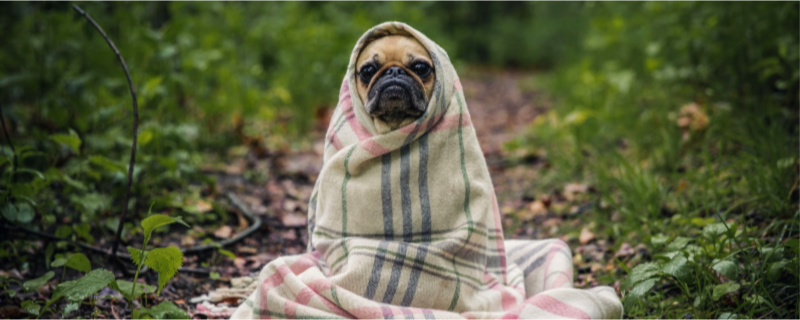Things have really cooled off in the Lowcountry! While we are not experiencing nearly the freezing temperatures that much of the rest of the country has had to face, we want to give you the following tips on protecting your home during cold spells and any possible freezes. The links included in this article are for illustrative purposes only--it is not our intention to promote or sell any of the linked products.
Drip your faucets: According to The Weather Channel, letting a faucet drip during extreme cold weather can prevent a pipe from bursting. It's not that a small flow of water prevents freezing; this helps, but water can freeze even with a slow flow. Rather, opening a faucet will provide relief from the excessive pressure that builds between the faucet and the ice blockage when freezing occurs. If there is no excessive water pressure, there will be no burst pipe, even if the water inside the pipe freezes.
A dripping faucet wastes some water, so only pipes vulnerable to freezing (ones that run through an unheated or unprotected space) should be left with the water flowing. The drip can be very slight. Even the slowest drip at normal pressure will provide pressure relief when needed. Where both hot and cold lines serve a faucet, make sure each one contributes to the drip, since both are subjected to freezing. If the dripping stops, leave the faucet(s) open, since a pipe may have frozen and will still need pressure relief." More information can be found here. Source: Institute for Business and Home Safety.
Outdoor spigots: Outdoor spigots and backflow preventers (that arch of pipes in your yard) need to be covered to protect them from the wind. You can wrap a towel around the spigot, or you can use a spigot cover. Backflow covers come in may different styles, from covers that look like bags, to covers that look like artificial rocks, or covers with sports team logos, but you can use a blanket or towel to cover them as well. The idea is to keep the freezing wind from blowing directly on the pipe. If you have a water hose connected to an outdoor spigot, you should disconnect the hose.
Help keep pipes warm under cabinets: if any of your vanities back up to an exterior wall, open the doors to the vanity cabinet to allow warm air access to the pipes.
Fireplace drafts: Make sure to close your fireplace flue when the fireplace is not in use.
Windows and Doors: Make sure all windows and doors, including storm doors, are closed tightly. If you can still feel a draft coming in around the door, check your weatherstripping or get a cute draft guard to help keep you warm. In a pinch, a pool noodle cut lengthwise and cupped around the bottom of the door will do the trick. Thermal curtains are also helpful in keeping your house warm.
Heat Pumps: Aside from changing your filters regularly, there is nothing specific you need to do to prepare your heat pump to produce heat. However, it is worth mentioning that a heat pump is not the same as a furnace. A furnace uses a flame and blows actually hot air from the vent. A heat pump heats the air as it passes over a coil, and will blow warm air from the vent, but the air coming out of the heat pump may not feel hot. In the course of an hour, you will generally see a temperature change of 2-3 degrees max. Best practice is to keep your heat on and set where you would like it to be maintained and do not fret if the air blowing out of your vents does not feel particularly hot. If your thermostat is set at 68 and the house is staying within two degrees of 68, the heat pump is working correctly. Heat pumps are not designed to run in below freezing conditions for long, so if the temperature drops below freezing, the heat pump may struggle to maintain your ideal temperature. For optimal operation, keep your windows and doors sealed as well as possible (see above), make sure your filters are clean, and do not turn off your heat during the day.
With these tips and precautions in place, there should be nothing to get in the way of staying cozy on the (comparatively) cold nights ahead. Stay warm, everybody!


